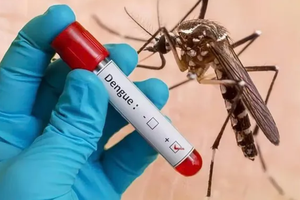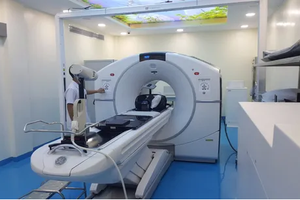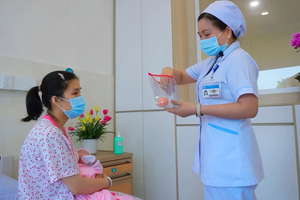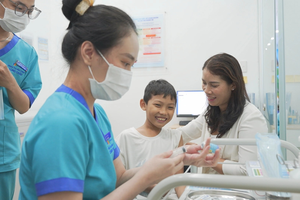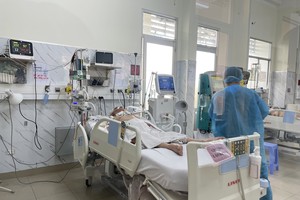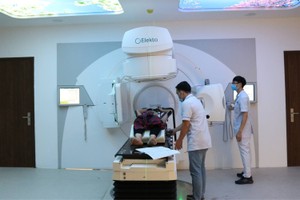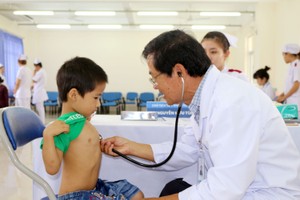
Worse, the southern region is the most affected with one death from this disease.
According to a report by the Pasteur Institute of Ho Chi Minh City, in the first 19 weeks of 2024, the total number of cases of hand, foot and mouth disease in 20 southern provinces is 13,495 cases, up 33.1 percent over the same period last year. Noticeably, in recent weeks, the number of cases has been increasing, with 1 death.
In Ho Chi Minh City, some 4,471 patients with hand, foot and mouth disease were recorded in the first 20 weeks of the year who came to visit medical facilities for examination and treatment, an increase of 33 percent compared to the same period in 2023 and equivalent to the average of the previous 5 years (2018-2022).
Medical workers have classified hand, foot and mouth disease in children according to the severity of the disease including Grade 1, 2, 3 , and 4. Grade 2: Hand, foot and mouth disease begins with neurological complications and mild cardiovascular complications. Grade 2 is divided into 2 sub-categories such as Grade 2a and 2b. Of these, there were 40 severe cases of grade 2b or higher, with no deaths. Cases show signs of increasing rapidly but no severe cases have been recorded in the past 2 weeks.
The disease surveillance system of the Ho Chi Minh City Center for Disease Control (HCDC) has not detected the EV71 virus, the agent that often causes large outbreaks with many severe cases.
The Ho Chi Minh City Department of Health said that epidemiological surveillance activities and monitoring of pathogens causing hand, foot and mouth disease are maintained regularly, to provide data to forecast the epidemic development. Treatment allocation scenarios implemented from 2023 continue to be maintained. The health sector and education sector closely coordinate to prevent infectious diseases in preschools and children's groups. HCDC monitors and supports medical centers to effectively implement disease prevention activities in schools and in the community.
Hand-foot-and-mouth disease is a mild, contagious viral infection common in young children. Symptoms include sores in the mouth and a rash on the hands and feet. Hand-foot-and-mouth disease is most commonly caused by a coxsackievirus. There's no specific treatment for hand-foot-and-mouth disease. Various contributing factors to the spread of the contagious HFMD are identified. Those contributing factors include poor personal hygiene, poor cleaning and disinfection. Therefore, medical workers advised parents to observe good personal hygiene practices for their children.




